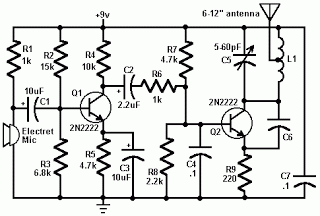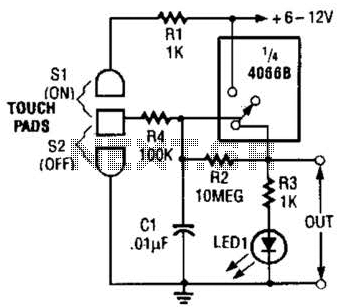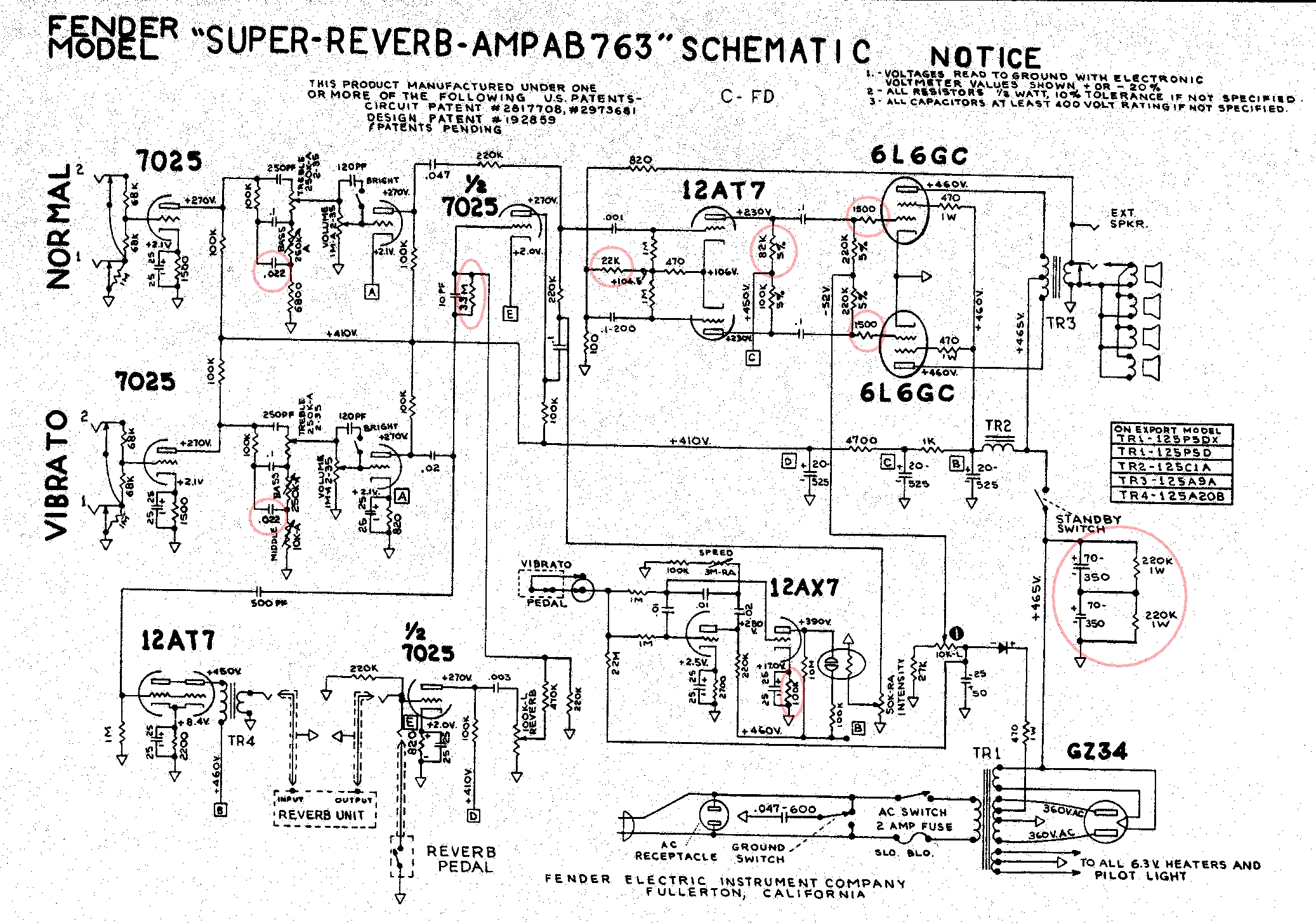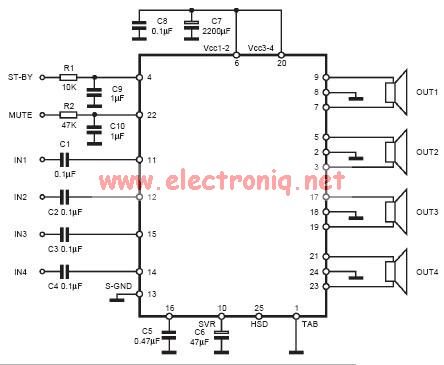
DIGITAL VOLTMETER CIRCUIT
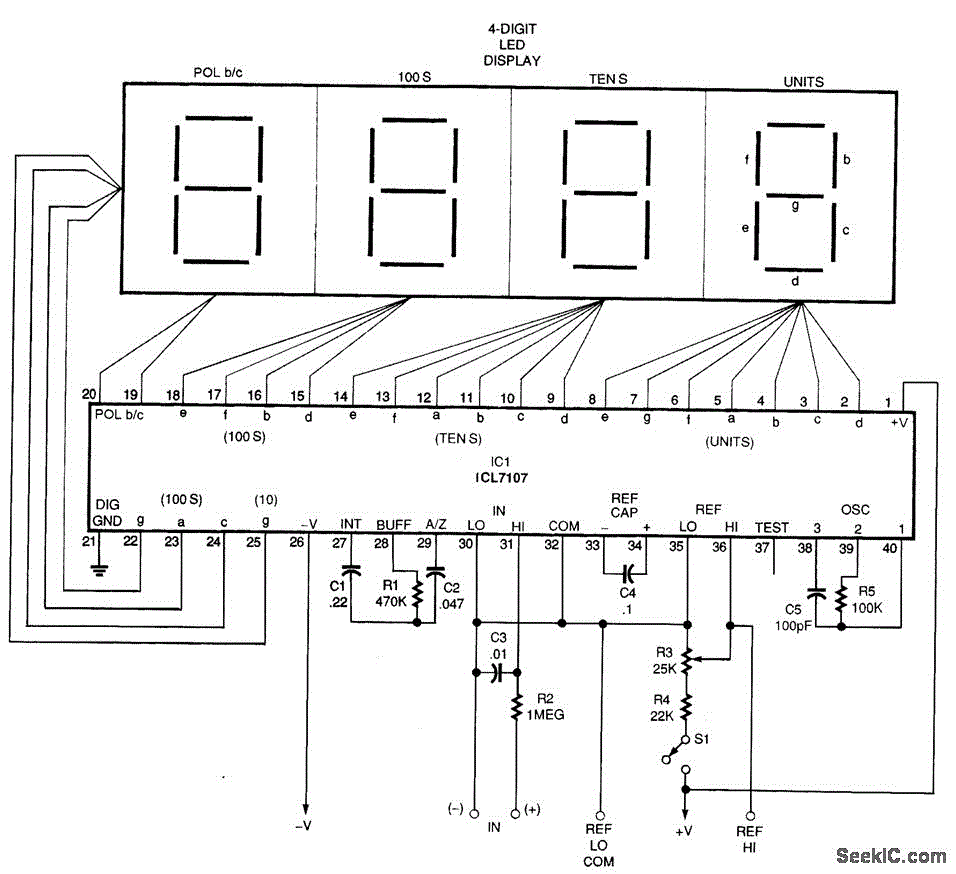
A basic digital voltmeter circuit utilizing the Harris Semiconductor ICL7107 is presented. It operates within a 2-V range. Calibration involves applying a known voltage of 1.2 V to the input and adjusting resistor R3 to achieve an accurate reading on the display. The power supply is ±5 V, and switch S1 allows for the selection between the supply voltage or an external reference.
The digital voltmeter circuit using the ICL7107 is designed to provide precise voltage measurements within a specified range. The ICL7107 is a dedicated analog-to-digital converter (ADC) that converts the analog voltage input into a digital output, which can then be displayed on a seven-segment display for easy reading.
The circuit configuration includes a few critical components: the ICL7107 ADC, a reference voltage source, a display driver, and passive components such as resistors and capacitors for stability and calibration. The power supply of ±5 V is essential for the proper functioning of the ICL7107, ensuring that it operates within its specified voltage range.
Calibration is a vital process for ensuring the accuracy of the voltmeter. By applying a known voltage of 1.2 V to the input, the user can adjust resistor R3 to calibrate the display accurately. This adjustment aligns the digital output with the actual input voltage, allowing for reliable measurements.
Switch S1 plays a crucial role in the circuit by providing flexibility in voltage reference selection. It allows the user to choose between using the internal supply voltage or an external reference voltage, enhancing the versatility of the voltmeter for different applications.
Overall, this digital voltmeter circuit is a straightforward yet effective design suitable for various electronic measurement tasks, leveraging the capabilities of the ICL7107 to deliver accurate and reliable voltage readings.A basic digital voltmeter circuit using the Harris Semiconductor ICL7107 is shown. It has a 2-V range. Calibration consists of applying a known voltage of 1.2 V to the input and adjusting R3 for a correct reading on the display. Supply is ±5 V, and S1 selects either the supply voltage or an external reference.. 🔗 External reference
The digital voltmeter circuit using the ICL7107 is designed to provide precise voltage measurements within a specified range. The ICL7107 is a dedicated analog-to-digital converter (ADC) that converts the analog voltage input into a digital output, which can then be displayed on a seven-segment display for easy reading.
The circuit configuration includes a few critical components: the ICL7107 ADC, a reference voltage source, a display driver, and passive components such as resistors and capacitors for stability and calibration. The power supply of ±5 V is essential for the proper functioning of the ICL7107, ensuring that it operates within its specified voltage range.
Calibration is a vital process for ensuring the accuracy of the voltmeter. By applying a known voltage of 1.2 V to the input, the user can adjust resistor R3 to calibrate the display accurately. This adjustment aligns the digital output with the actual input voltage, allowing for reliable measurements.
Switch S1 plays a crucial role in the circuit by providing flexibility in voltage reference selection. It allows the user to choose between using the internal supply voltage or an external reference voltage, enhancing the versatility of the voltmeter for different applications.
Overall, this digital voltmeter circuit is a straightforward yet effective design suitable for various electronic measurement tasks, leveraging the capabilities of the ICL7107 to deliver accurate and reliable voltage readings.A basic digital voltmeter circuit using the Harris Semiconductor ICL7107 is shown. It has a 2-V range. Calibration consists of applying a known voltage of 1.2 V to the input and adjusting R3 for a correct reading on the display. Supply is ±5 V, and S1 selects either the supply voltage or an external reference.. 🔗 External reference

